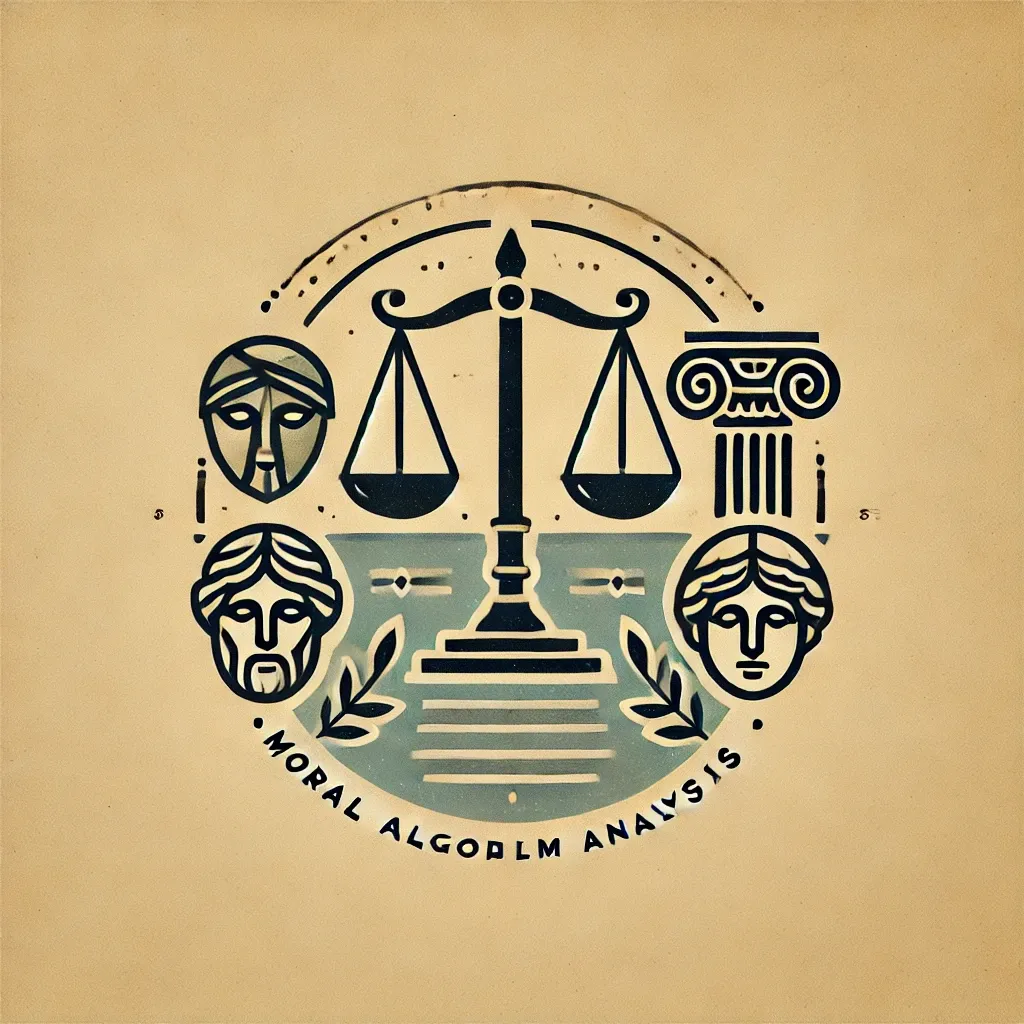Chartalism and MMT Reexamining Economics
By transitioning from commodity-backed to fiat systems, modern economies have shifted focus of the mechanisms of money. Chartalism provided the foundation for understanding this shift, while MMT extends it into policy for contemporary governments.

Chartalism and Modern Monetary Theory (MMT) are economic theories that explore the nature of money, government spending, and the role of the state in monetary systems. Both frameworks reject the commodity-based view of money and focus on fiat currency systems. Here’s a structured breakdown of the concepts:
1. Chartalism: The State Theory of Money
Core Idea: Chartalism posits that money derives its value not from its intrinsic worth (as in commodity money like gold or silver) but from the authority of the state that issues it.
Key Principles:
- Money as a Creature of the State: Governments create money by issuing it and define its value by requiring it for tax payments. This creates demand for the currency.
- Taxes Drive Currency Value: Since people must pay taxes in the state’s currency, they are incentivized to use and accept it, giving the currency legitimacy and value.
- Fiat Money Dominance: In a fiat system, money is not backed by a physical commodity but by the government's ability to enforce tax collection and regulate currency use.
Historical Context: Chartalism emerged in the early 20th century, with economist Georg Friedrich Knapp being a significant proponent. He argued that money's value comes from its legal and institutional framework, not its material substance.
2. Transition from Commodity to Fiat Currency Systems
Commodity Money Era:
- In historical economies, money often took the form of precious metals like gold and silver.
- The value of money was tied to the scarcity and utility of the commodity it represented.
- Governments operated on the "gold standard," where currencies were convertible to a fixed quantity of gold.
Shift to Fiat Money:
- The global move to fiat currency systems accelerated in the 20th century, particularly after the collapse of the Bretton Woods system in 1971, when the U.S. ended dollar convertibility to gold.
- Fiat currency is not backed by a physical commodity; its value is derived from trust in the issuing government and its legal framework.
3. Modern Monetary Theory (MMT)
Core Idea: MMT builds on Chartalist principles and offers a framework for understanding how modern fiat monetary systems work. It emphasizes that governments with sovereign currencies can never "run out" of money, as they can create it at will.
Key Principles:
- Sovereign Currency Issuers: A government that issues its currency cannot face insolvency in that currency.
- Government Spending Funds Taxes: Contrary to conventional thinking, MMT suggests that taxes and borrowing do not "fund" government spending. Instead, the government spends first and taxes later to manage inflation and economic stability.
- Inflation as the Primary Constraint: The limit to government spending is not a budget deficit but inflation, which arises if spending exceeds the productive capacity of the economy.
- Role of Taxes: Taxes are used to control inflation, redistribute wealth, and create demand for the government’s currency—not to "fund" spending.
- Full Employment Focus: MMT advocates for policies like a job guarantee program to utilize idle labor and resources without inflationary pressure.
Comparison of Chartalism and MMT
| Aspect | Chartalism | Modern Monetary Theory (MMT) |
|---|---|---|
| Focus | Origin and nature of money | Practical implications of sovereign currency systems |
| Historical Context | Early 20th-century analysis of money | Contemporary application of monetary and fiscal policy principles |
| Core Argument | Money derives value from state authority | Governments with fiat currencies can spend freely, limited only by inflation |
| Taxation's Role | Creates demand for currency | Controls inflation and enforces currency use |
Implications of MMT and Chartalism
- Rethinking Deficits: Budget deficits are not inherently harmful for countries with sovereign currencies, as they create financial assets for the private sector.
- Policy Implications: Governments can prioritize public goods like healthcare, education, and infrastructure without the fear of "running out of money," as long as inflation is managed.
- Critiques:
- Critics argue that unchecked government spending could lead to hyperinflation.
- Skeptics question MMT’s practicality in economies with high levels of external debt or limited monetary sovereignty.
By transitioning from commodity-backed to fiat systems, modern economies have shifted focus to the institutional and policy mechanisms that sustain currency value. Chartalism provided the theoretical foundation for understanding this shift, while MMT extends it into actionable policy insights for contemporary governments.
4. Trickle-Down Economics: A Counterproductive Approach
Core Tenets of Trickle-Down Economics:
- Advocates for reduced taxes on the wealthy and corporations, arguing that their increased wealth will "trickle down" to benefit the broader population through investment, job creation, and economic growth.
- Emphasizes deregulation and privatization, believing that market forces will optimize resource allocation and productivity.
Failures Under Chartalist and MMT Principles:
- Misunderstanding Sovereign Spending:
- Trickle-down economics treats government budgets like household finances, advocating austerity and tax cuts without recognizing that governments with sovereign currencies can sustain deficits to stimulate demand and ensure full employment.
- By prioritizing the wealthy, this approach misallocates monetary resources, as the marginal propensity to consume is lower among the rich than the poor, reducing the overall effectiveness of stimulus efforts.
- Demand-Side Neglect:
- Chartalism and MMT emphasize the need for sufficient aggregate demand to drive economic stability and growth. Trickle-down policies starve the middle and lower classes of spending power, weakening the demand side of the economy.
- This results in brittle economic structures heavily reliant on speculative investments and debt-driven growth, leading to periodic crises.
- Inflation and Wealth Hoarding:
- By channeling wealth upwards, trickle-down policies exacerbate asset inflation (e.g., in real estate and stock markets) rather than promoting equitable growth. This leads to bubbles and inequality, contrary to MMT’s focus on inflation management.
5. Neoliberal Policies: An Entrenched Divergence
Core Tenets of Neoliberalism:
- Prioritization of free markets, minimal state intervention, privatization of public services, and deregulation.
- Belief in the "invisible hand" of the market as the primary driver of economic efficiency.
Incompatibility with Chartalism and MMT:
- Erosion of Sovereign Capacity:
- Neoliberalism undermines the state's role as a monetary sovereign by imposing constraints like balanced budgets, austerity measures, and privatized essential services. These constraints weaken the government’s ability to create and regulate money for public purposes.
- Increased Inequality:
- By commodifying basic needs (e.g., healthcare, education, housing), neoliberal policies transfer wealth to private entities, deepening inequality. This directly contradicts MMT’s advocacy for public investment in social goods to reduce disparities and stabilize the economy.
- Brittle Economic Base:
- Neoliberal policies prioritize short-term profits over long-term resilience, as evidenced by reliance on precarious labor, deindustrialization, and speculative markets. These dynamics create economies that are vulnerable to shocks, unlike the robust systems MMT envisions through strategic deficit spending and full employment programs.
6. Evaluating Trickle-Down and Neoliberalism through The Moral Algorithm
The Moral Algorithm (as derived from John Adams’ philosophies):
- Equity as a Guiding Principle:
- Economic systems should promote equitable opportunities and outcomes to ensure that wealth and resources are distributed fairly.
- Trickle-down and neoliberal policies fail this test by concentrating wealth and power in the hands of a few, exacerbating social and economic inequalities.
- Societal Resilience:
- Adams emphasized the importance of a robust, informed citizenry and resilient institutions. A brittle economy reliant on speculative markets, rather than a strong middle class, undermines societal stability.
- Policies under Chartalism and MMT promote investments in education, infrastructure, and healthcare, fostering resilience and shared prosperity.
- Public Good Over Private Gain:
- Adams believed that governance should prioritize the public good over private interests. Neoliberalism’s emphasis on privatization and profit-making prioritizes corporate gain, often at the expense of societal needs.
- Economic Justice and Morality:
- A just economy aligns with moral imperatives, ensuring that no citizen is left destitute or powerless. MMT’s job guarantee programs, focus on reducing unemployment, and equitable wealth distribution align with this moral framework.
- Conversely, trickle-down and neoliberal policies fail to meet this standard, as they perpetuate cycles of poverty, disenfranchisement, and economic instability.
7. Chartalism, MMT, and the Vision of a Just Economy
When governments adopt policies rooted in Chartalism and MMT, they align with The Moral Algorithm by:
- Ensuring Economic Inclusion: Strategic government spending creates jobs, builds infrastructure, and ensures access to essential services.
- Fostering Stability: By focusing on inflation control rather than austerity, these theories promote economic resilience.
- Addressing Inequality: Public investment in social goods and progressive taxation ensures wealth redistribution and economic justice.
- Empowering the Public: Governments serve as the guarantor of economic rights, enabling citizens to thrive without undue reliance on private markets.
Conclusion: A Moral Imperative for Change
Trickle-down economics and neoliberalism have proven inadequate in creating equitable, stable, and resilient economies. By adhering to the principles of Chartalism and MMT, governments can align with The Moral Algorithm envisioned by John Adams—fostering a just society where public good, economic justice, and long-term resilience take precedence over profit-driven, short-sighted policies.
